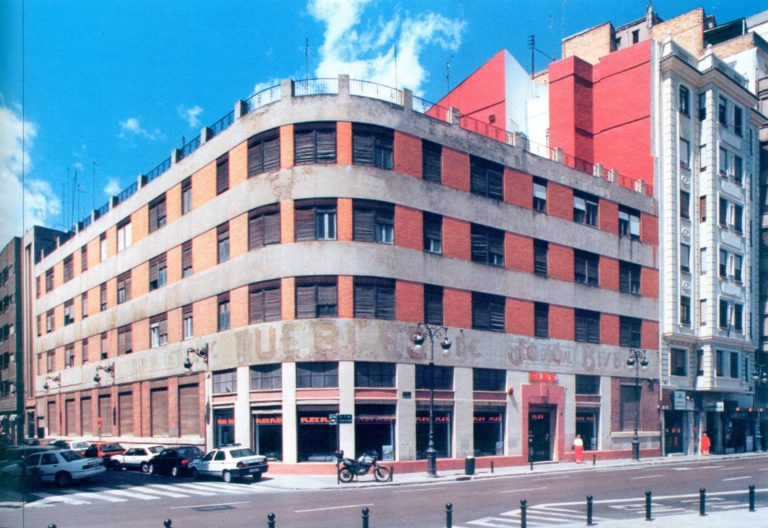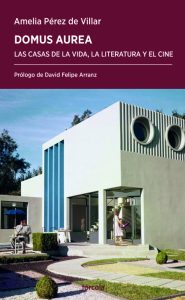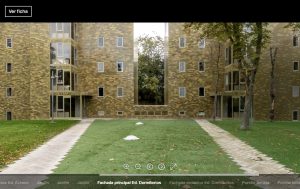Abstract
This thesis is a historical overview of the instruments and techniques that Spanish urban planning has provided for urban preservation starting from what the doctrine has come to define as the beginning of Spanish Urban Law, the Law on Land Regime of 1956 (LS56), until our days with the Revised Text of the Urban Land and Rehabilitation Law (TRLSR). To carry out this journey, the thesis starts from the description of the objectives and the conditions that configured the so-called classic model, whose duration extends over a period of 60 years, from the LS56 to the Law 6/1998 on the regime of soil and valuations (LRSV98). That model was based on two objectives, the urban development and the economic transformation of a country, for which from an urban point of view a series of legal protections (of the property) and guarantees (the profit of the urban interventions) were articulated. Those legal protections and guarantees have resulted in an unviable and unsustainable system in the full sense of those concepts, either by hiding the urban costs or by concealing the effects on the urban frame, and which have also led to just enable one way for intervening on in the city, that has been the replacement of building and urbanization, which in turn have prevented integrated urban preservation. With the Land Law of 2007 (LS07) a path of radical changes, denied by the operators who still stick to the classical model, was started (denying the scope and effects of that law). Whether as a reaction to the effects of the previous model or as a reflection of the incorporation of European Law, the LS07 incorporated sustainability and the statutory regime of property law as the backbone of its urban model. However, the LS07 established a general intervention regime unviable in the existing city areas and also left a gap due to the lack of regulation for the preservation of the city. With the 8/2013 Law of rehabilitation, regeneration and urban renovation (L3R) and later on with the 3/2015 Law of Housing in the case of the Basque Country, the action of special regime on the urban regeneration and renovation intervention is defined (whose name in the Basque Country is the Urban Regeneration Area) and where new techniques are defined to promote and articulate urban preservation with a joint and integrated nature (including social, economic and environmental measures) and thus to be able to address the true urban needs. The urban regeneration and renewal intervention redefines and resituates the concepts that previously remained separated and through its updating and combination enables new scenarios for urban action. However, neither the L3R nor the Housing Law establishes a closed model, nor do they formulate the concrete techniques to define these actions. It is precisely the concretion and formulation of the techniques of the new viability and form of equidistribution for the preservation existing city the result that this thesis seeks and proposes, which are tested in a field of extreme conditions to validate its application in general. Therefore, both the urban regeneration and renewal intervention and the proposed formulations will help the formation of a new urban paradigm, based on the social function of property right that we have been given for the preservation of what we call the City.
Access the thesis











